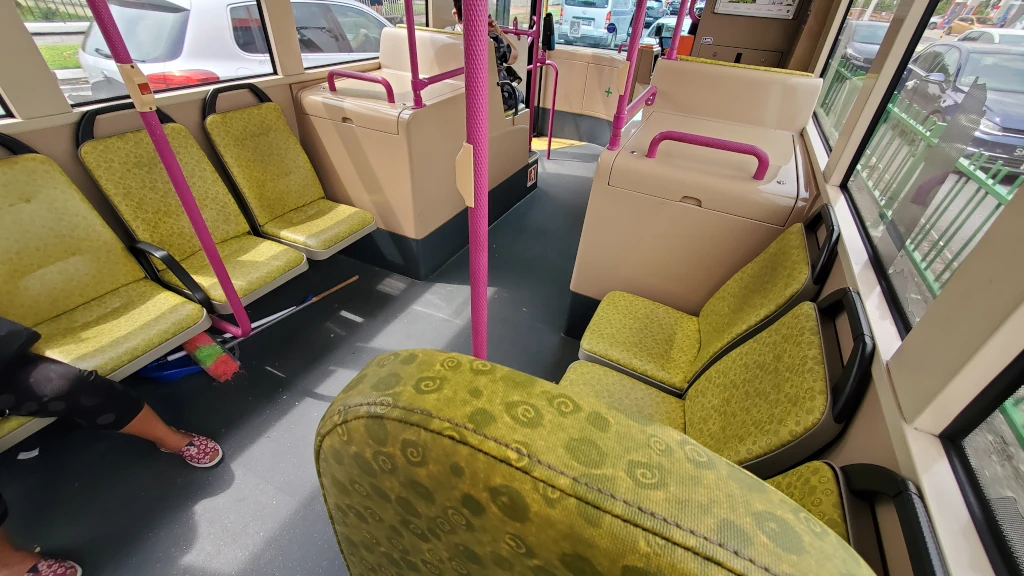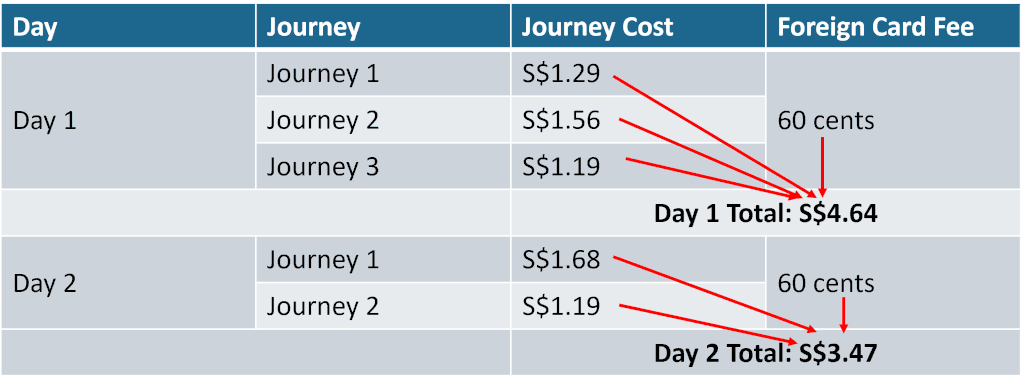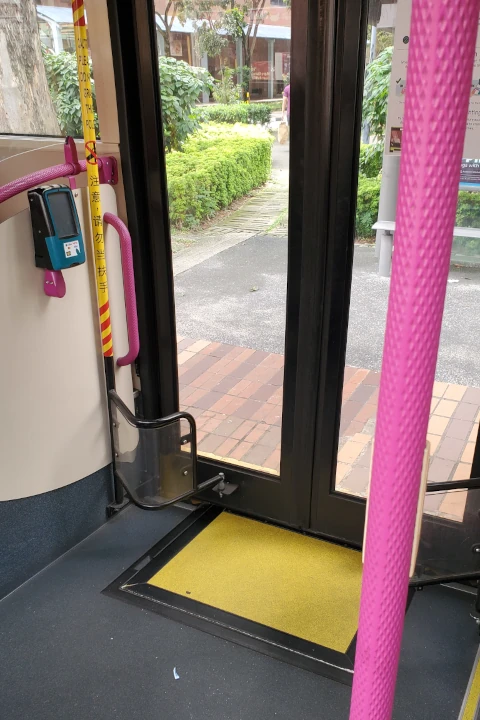How to catch the bus in Singapore
If you’re a new visitor to Singapore, catching the bus can be a bit of a challenge. The first few times I visited Singapore, I was intimidated by the bus system - lots of routes, numbers that didn’t make sense, and I had no idea what I was doing. I put this guide together hopefully to help visitors to Singapore feel less confused and figure out how to catch the bus.
It typically costs between S$1.10 and S$2.00 for a single bus journey in Singapore. Expect to pay a little bit more if you are catching the bus from Changi airport, or if you are paying cash. Credit card is the easiest way to pay for the fare, but cash is still accepted on Singapore buses. Google maps is a good tool to plan your route, however it occasionally makes mistakes with transfer options.

In this guide I’ll cover:
- How to buy a ticket
- How to plan your route
- How to ride the bus
- How much it costs
Step 1: Get a ticket
There are three main ways to pay for a bus in Singapore:
- Credit or debit card
- EZ Link
- Cash
Visa and Mastercard credit and debit cards are accepted for use on Singapore buses. This is the way I recommend most foreigners pay for their bus fares, and the way I personally pay for my own. There is a 60 cent per day charge (regardless of number of journeys) for using a non-Singaporean credit card, however for most people visiting Singapore this still ends up cheaper than the non-refundable S$5 card fee. See the table below for a demonstration of how this fee is applied.

EZ Link is the prepaid fare card in Singapore. It can be purchased from MRT stations and costs S$10 with S$5 credit. This is enough for 3-4 single trips on a bus.
EZ Link can also be purchased from convenience stores such as 7/11 and Cheers, but they are allowed to charge more for a card that still only has S$5 of credit on it.
The S$15 tourist SIM card from Singtel includes an EZ Link card with $3 on it. This is enough to get you anywhere in the city from the airport.
Cash is the other way to pay for a bus fare. I don’t recommend paying cash as you have to know your destination so the driver can tell you how much to pay. You then have to pay with correct change (or a higher) as the driver will not be able to give you change. Cash fares are also more expensive than paying by contactless card.
Travelling with kids means you will likely have to buy them a pre-paid EZ Link card. If they are below 90cm and under 7 years old, children do not need to pay a fare to ride the bus. Check out the References section at the end of this guide for more detail about how children’s fares work.
Step 2: Plan your route
The most straightforward way I’ve found of planning a route is to use Google Maps. While it occasionally makes mistakes by suggesting a route that I know will be slower, or by missing bus stops or routes completely, I’ve found it to be the easiest to use for a visitor coming to Singapore.
A stop list can be found at every bus stop for every route that uses the stop. This is great if you know the name of your stop or at least which road you want to go to. But it’s not great at telling you the travel time.
My favourite reference for figuring out bus routes in Singapore though is busrouter.sg. It shows you the location of all stops in the city, gives you maps of all routes, and also has next bus information.
I’ve found a faster route can sometimes be available by walking to a nearby alternative bus stop. This is particularly the case around the CBD and Orchard Rd where bus stops can alternate between roads and blocks, and a faster alternative might be a couple of minutes walk away.
Buses in Singapore operate on a frequency basis meaning that you should expect a bus to come every 10 to 15 minutes throughout the day (more frequently during peak hours).
6:00am to midnight are the typical operating hours for buses in Singapore. You will likely still find buses in central and downtown areas around 12:30am, as these started their last run at midnight (and took time to travel to the downtown and central areas).
Also be aware of the numbers attached to a route (such as “E”, “M”, or “T”). These indicate the bus might skip stops or terminate early. Make sure you’re riding the correct bus number, including the letter. I’ve found drivers more than willing to help though if you need to ask to figure it out.
Step 3: Ride the bus
At the stop, hail the bus that you want to get onboard. When the bus stops, step on and tap your card - the fare will be deducted at the end of your journey.

You can sit anywhere on the bus, though seating in the low floor area should be offered to elderly, disabled, and children (yes like most east Asian countries, Singapore gives up seats on the bus for children).
If your bus comes with one, the upper deck can be a great way to get a view of the city without paying for a tour bus.
When the bus is approaching your stop, press the button to let the driver know. Once the bus has stopped, the doors will open and you can leave.
Remember to tap your card again as you leave the bus so that the system can calculate the correct fare for your journey. If you don’t tap off the bus, you will be charged the maximum fare for the journey. A loud beep will confirm that you have tapped your card; if you are using EZ Link the amount of the fare will be shown.
How much it costs to catch the bus in Singapore
A single journey will typically cost between S$1.20 and S$2, depending on how far you travelled. Fares in Singapore are based on distance.
The minimum fare at the moment is roughly S$1, but this will only cover a few stops.
The maximum fare at the moment is roughly S$2.37, but this increases every year. This is also a very expensive fare by Singapore standards and covers a very long journey, such as one side of the island to the other.
Cash fares are slightly higher and occasionally you have to round up a little more again because you probably won’t be carrying many 10 cent coins on you.
Buses that have an “E” in their route cost a little more as these are express buses. Most tourists do not often use express buses as they are mostly designed to get people in and out of the central areas during peak hour.
There is no daily fare cap in Singapore. Each journey is paid for separately and if you take many journeys in a day this can add up. A journey is the end-to-end trip that you take - you will not be charged extra for changing to a different bus during your journey. An explanation of transfer is available here.
There is a Singapore Tourist Pass that offers unlimited travel on buses (and trains) but it is very expensive. I often find it is NOT worth recommending to most tourists. If you plan on taking the bus and train a lot, then do consider this pass.
References
These are sources I used, and further reading you might find interesting, such as:
- For more detail on how children’s fares work, check out the explanation hidden at the bottom of SBST’s website here.
- For more information about what it means to ‘transfer’ buses or trains during your journey, check out the TransitLink website here.
- For the full fare table, it can be found on LTA’s website here.

